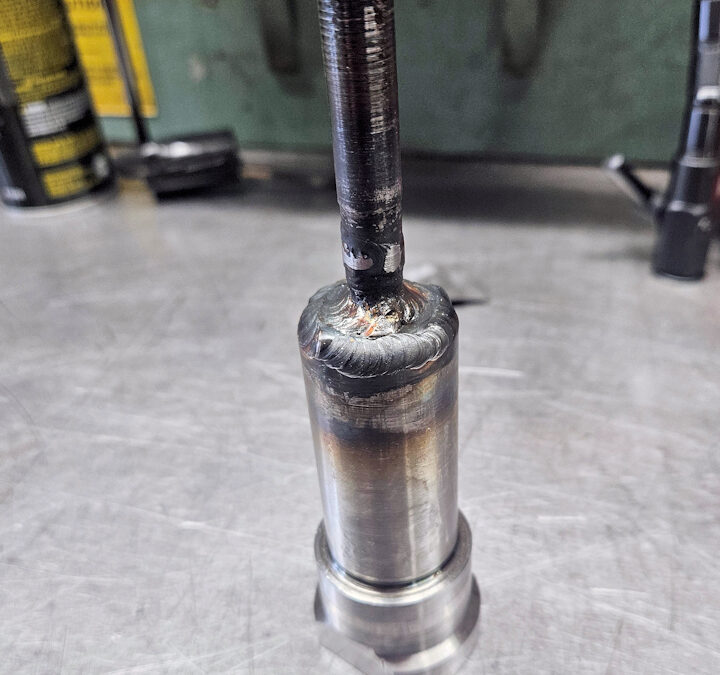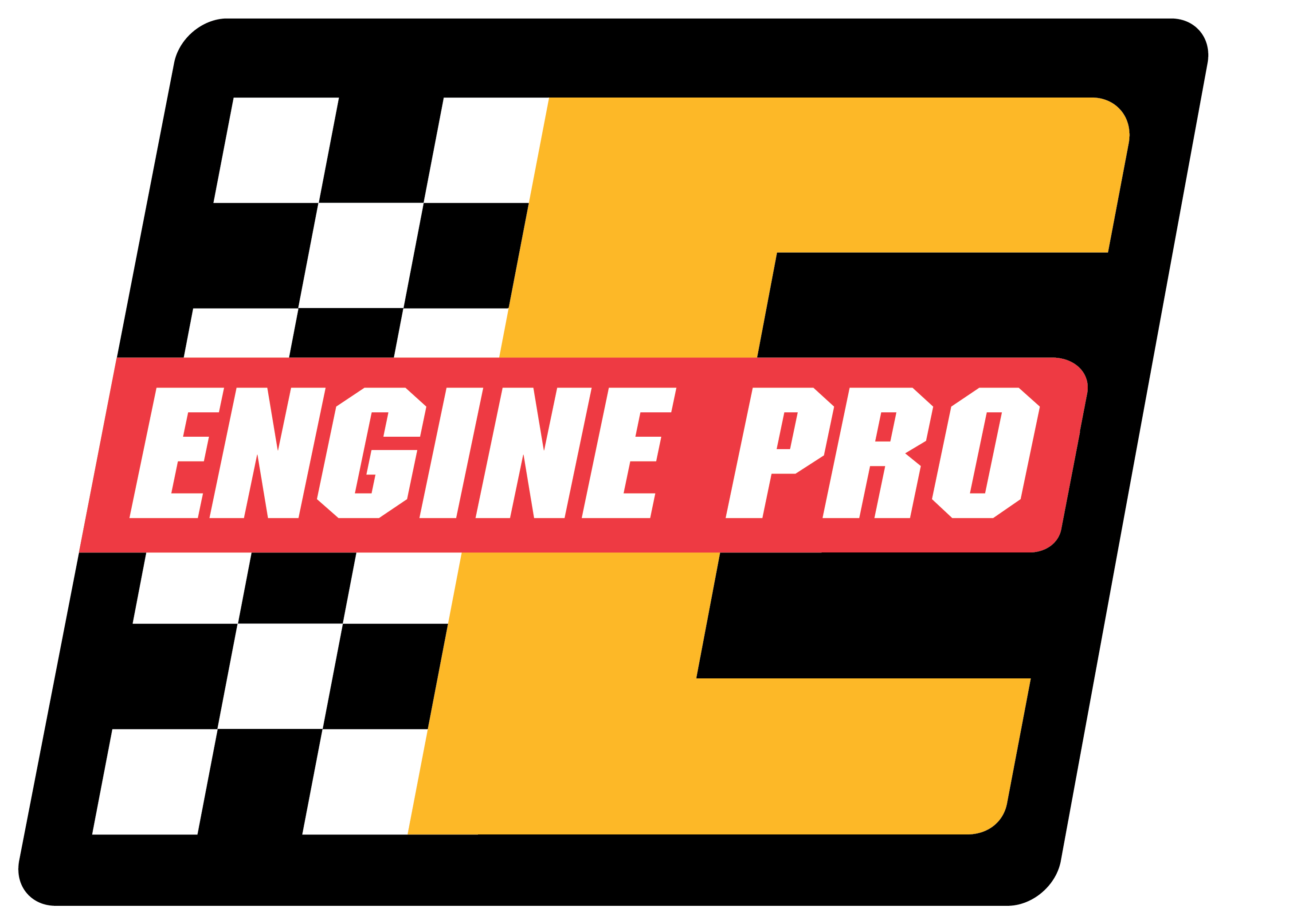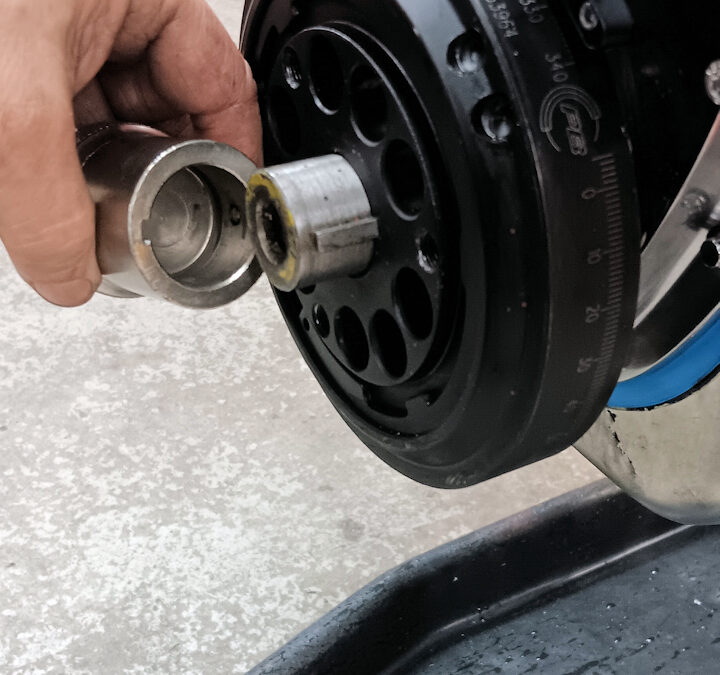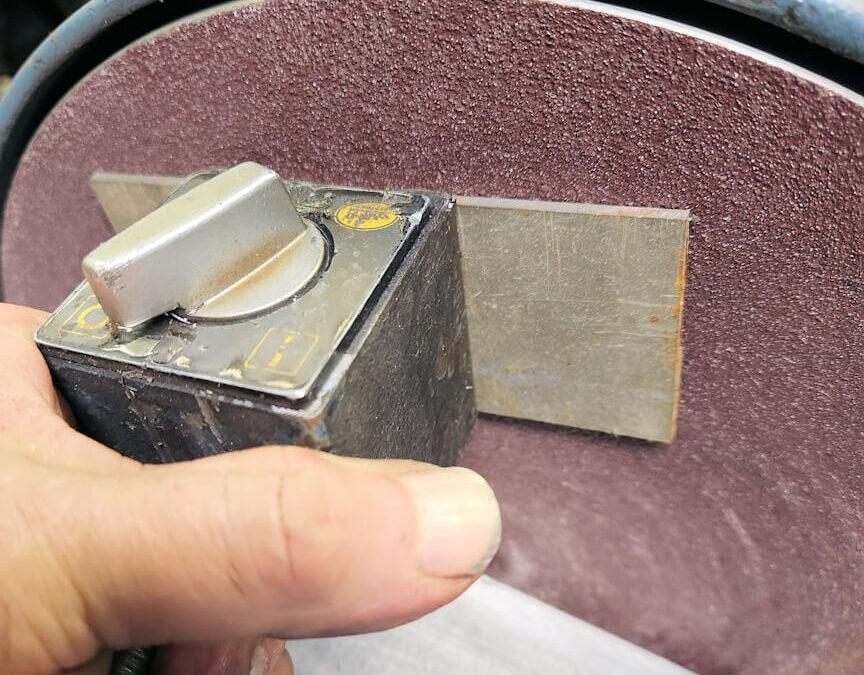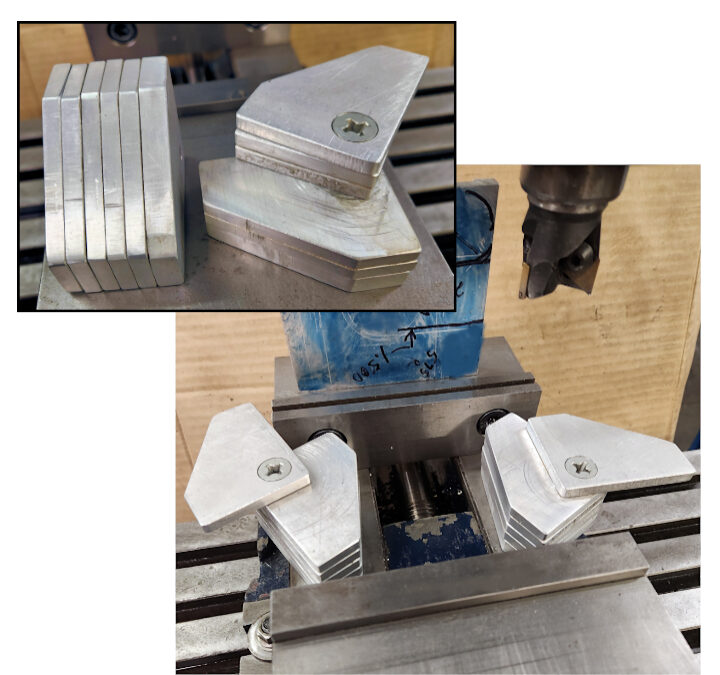It's hard to trust many parts today. We've seen new oil pumps with issues right out of the box. We always take them apart to clean and inspect, lube up the pressure relief valve, and put them back together. Old style shaft driven pumps are pretty easy to bench test,...
